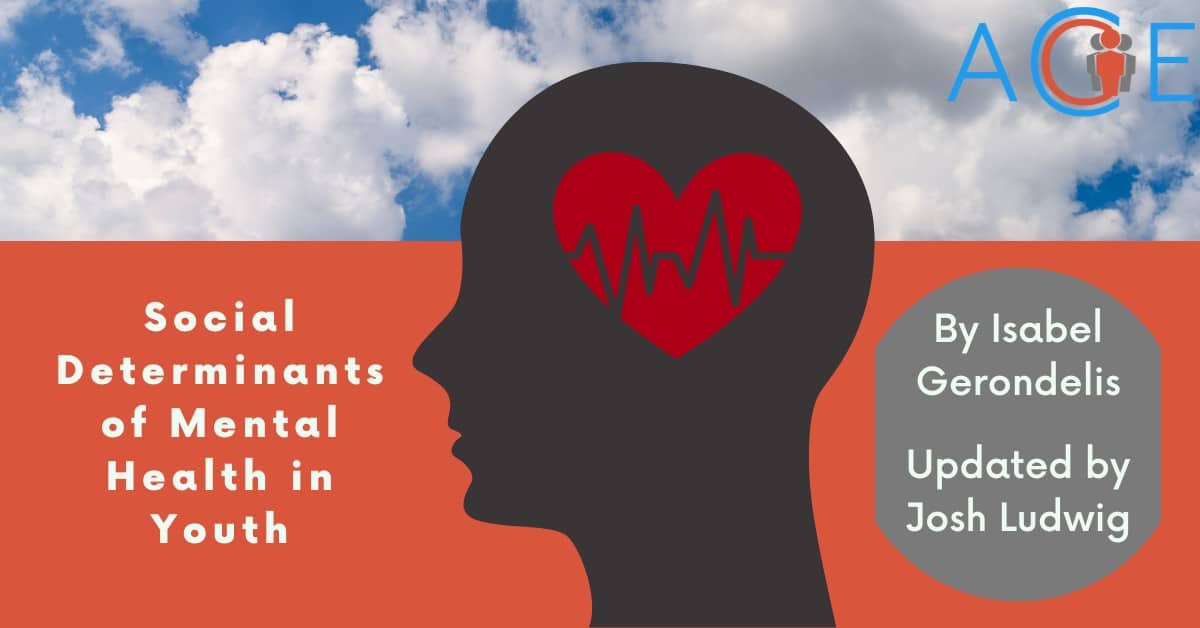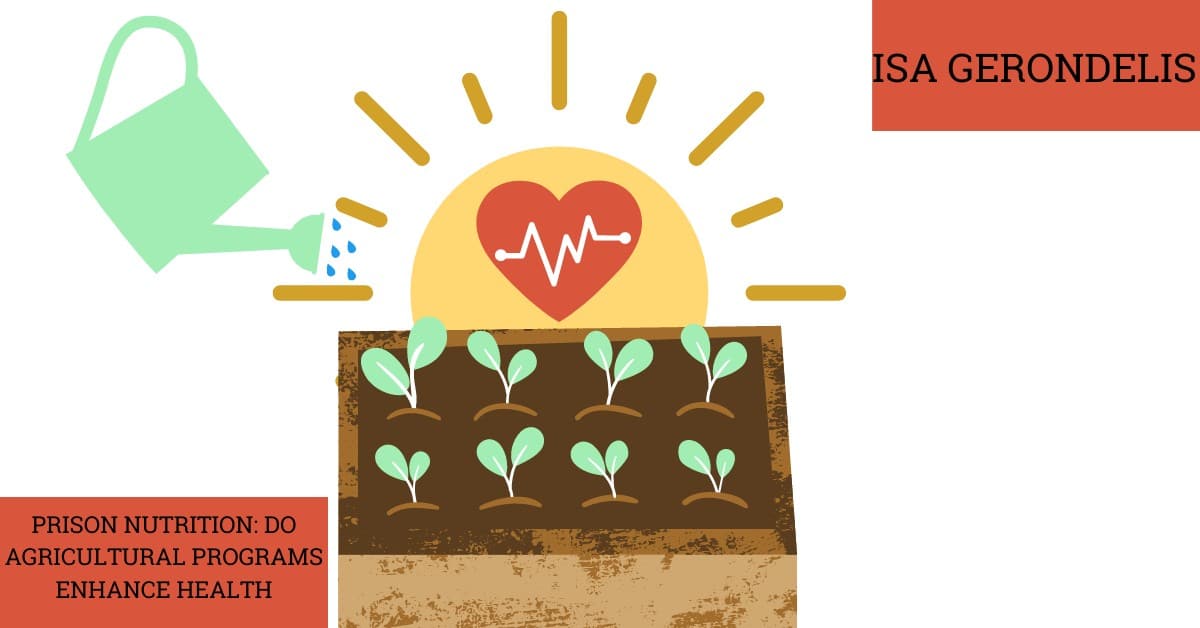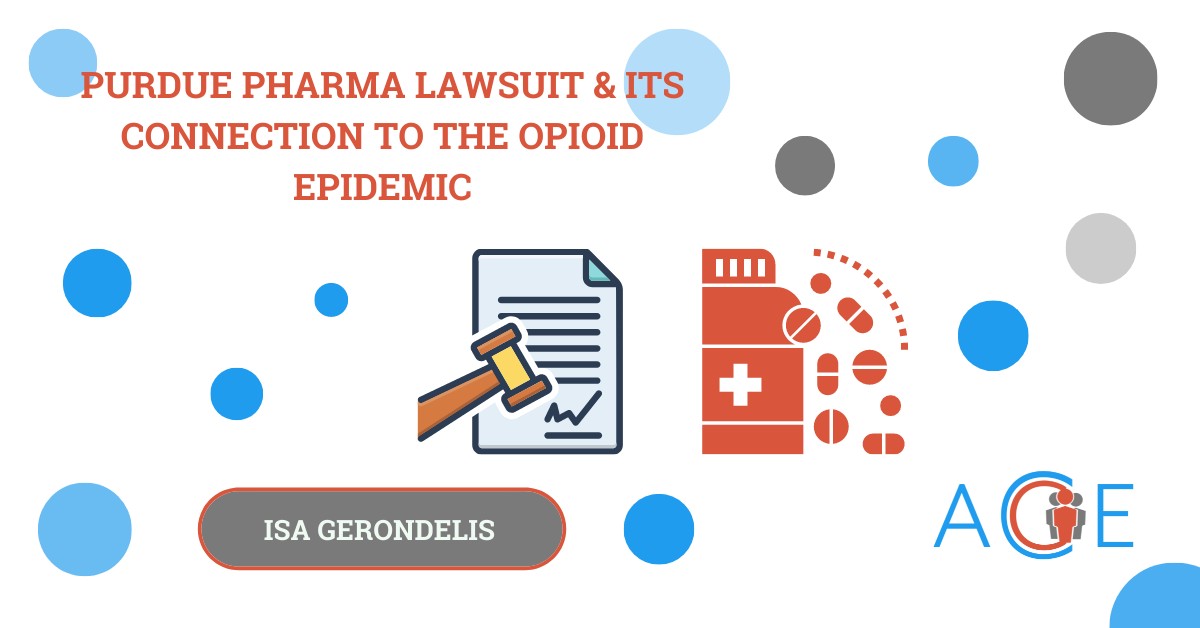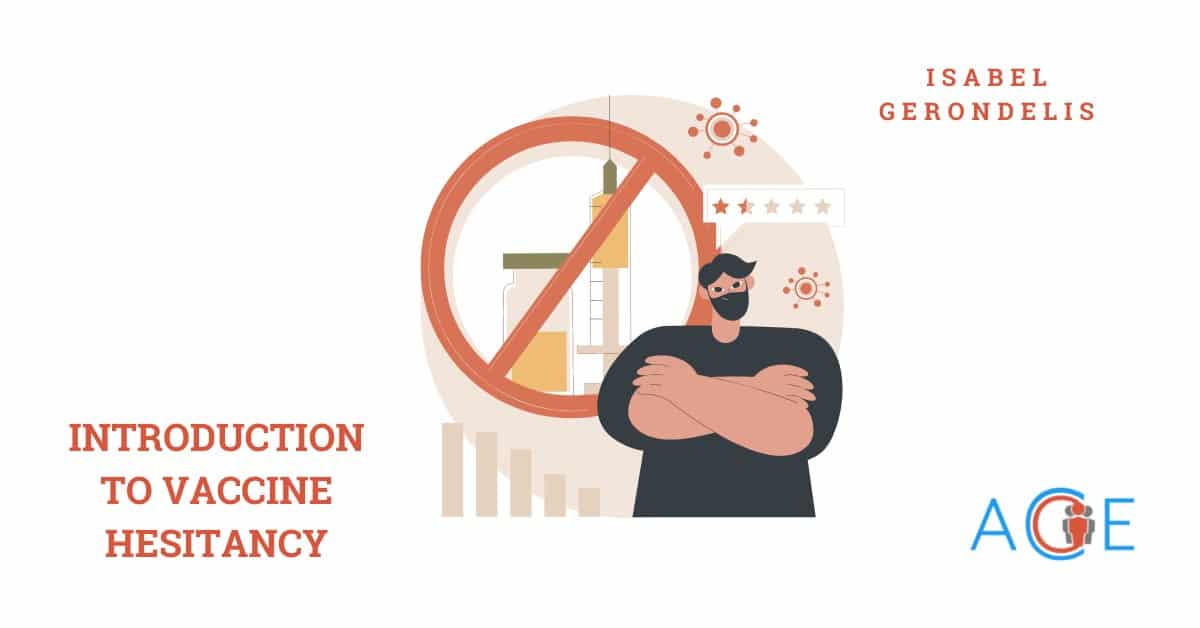This brief was originally published on July 3, 2021 by Isabel Gerondelis. It was updated and republished by Josh Ludwig on June 30, 2022.
Social determinants are conditions in a person’s lived environment that impact their health and quality of life. There are five main groups of social determinants of health:
- Economic stability
- Education access and quality
- Healthcare access and quality
- Neighborhood and built environment
- Social and community context
Social determinants of health contribute to health disparities and inequalities as factors like race, socioeconomic status, housing, educational attainment and more impact a person’s health.
Mental health is defined as our emotional, psychological, and social well-being that impacts our thoughts, actions, and feelings. Our mental health influences how we handle stress and make healthy choices. Conversations about mental health are becoming more widespread, partially in response to rising suicide rates. Suicide risk can be reduced with mental health screenings and treatment, but attention to mental health often goes overlooked. One consequence of this is that the U.S. suicide rate has increased 35% from 1999 to 2018. In 2018, suicide was the 10th leading cause of death, claiming more lives than homicide deaths. Since the Covid-19 pandemic, suicides have also been increasing on college campuses. This has left college administrators struggling with how best to respond, as their resources are being overwhelmed with more students seeking mental healthcare from their colleges.
Furthermore, suicide was the 2nd leading cause of death for youth in 2019. As a result, suicide is a major contributor to premature mortality and is considered an epidemic that greatly impacts societal health. The U.S. is a unique case with approximately ¼ of U.S. adults reporting a mental health diagnosis, which is a higher rate than other high-income countries. This fact suggests that the U.S. is lacking in mental health providers and creates conditions in which people feel significant stress, helplessness, and/or other emotions that can lead to mental health issues. It also suggests the U.S. needs to address mental health in more societal conversations, especially as the COVID-19 pandemic has increased feelings of anxiety, helplessness, and fear, leading to increased mental health impacts.
Since societal factors place certain groups at a higher risk of experiencing adverse mental health outcomes, it is important to understand what impacts specific social determinants can have on society.
Some examples include:
College campuses (especially during the pandemic) – College campuses exemplify when these social determinants of health come together to create inequality. Due to the pandemic, inequalities between wealthy and low-income, and white versus minority students have made college a harder place to succeed, especially for certain groups. College is the age of onset for most mental health conditions, and it is important to have this conversation when talking about the social determinants of mental health for that reason.
Economic Stability – If a person is less economically stable due to the presence of debt, the inability to pay for essential needs like housing, food, and clothes, or having to work multiple jobs, we see an increased rate of stress and a higher risk of suicide. Financial strain may also deter people from seeking medical and mental health care, as they don’t have the financial means to pay for care and/or don’t have enough time to focus on self-care. COVID-19 has increased both economic and health disparities demonstrating how these disparities are linked to mental health. Conversely, stimulus checks during COVID-19 decreased economic instability, which also decreased stress and anxiety. Research has even shown that increasing the minimum wage by $1 may reduce the suicide rate.
Education Access and Quality – People with higher levels of education tend to have higher incomes, which leads to less overall stress and anxiety. Having a higher income makes purchasing healthy food, accessing reliable transportation, and healthcare itself more affordable. Additionally, education can provide social networks that help with social support during difficult times and increase self-esteem. It can also help people combat adverse life events by providing knowledge about how to research and find available resources. Additionally, college students who are first generation face unique challenges that those whose parents went to college do not have to deal with. Some examples of this include feelings of family conflict and guilt, shame, imposter syndrome, confusion, and anxiety.
Healthcare Access and Quality – People who need or want to seek treatment often face barriers including difficulties finding a provider and navigating the fragmented healthcare system. If mental health professionals aren’t within a person’s insurance network, high out of pocket costs also deter people from seeking care. Furthermore, 1 in 6 U.S. adults is unable to afford professional help when they experience emotional distress. These barriers to care help explain why the U.S. has such a high suicide rate. For first generation college students, they face the challenges of not knowing how to access resources for counseling or healthcare options. This hidden curriculum is accessible to those whose parents or siblings went to college, as they have experience navigating these resources.
Neighborhood and Built Environment – 45% of US adults who reported experiencing emotional distress were also concerned about neighborhood safety. Living in an overcrowded apartment can also increase stress and anxiety, especially during COVID-19, as people in crowded living situations are more likely to contract the disease. Furthermore, the quality of housing affects the mental health of both children and adults. Poorer housing quality impacts motivation and leads to internalized symptoms, like depression and anxiety, and externalized symptoms, like aggression and learned helplessness.
Social and Community Context – This is a social determinant with multiple subcategories that impact mental health. Subcategories include:
- Racism – Black and Indigenous People of Color (BIPOC) experience higher rates of mental illness because racism causes trauma and stress that can lead to anxiety, depression, and suicide. People of color, especially Black people, experience habitual discrimination and microaggressions which cause increased amounts of stress. This racial trauma can increase the risk of BIPOC meeting the criteria for PTSD. Furthermore, due to fears concerning racism, discrimination, stress, and crowded housing, people of a racial minority experience less sleep. Less sleep can lead to insomnia, which can increase suicidal thoughts. Additionally, people of color often experience discrimination within the medical and mental health fields where their symptoms aren’t taken as seriously, which can decrease the likelihood of people of color seeking help. More than a third of first-generation college students are minorities, which means they have to overcome racial prejudice. This can have negative effects on these students, with feelings of marginalization and isolation leading to negatively impacted mental health and academic success.
- Sexual Orientation and Gender Identity – LGBTQ+ people experience discrimination, hate crimes, and threats for their sexual and gender identity. This causes extreme stress and internalized shame As a result, LGBTQ+ youth contemplate suicide at almost three times the rate of heterosexual youth. Furthermore, being unable to live one’s identity and express one’s orientation safely in an accepting community leads to despair and depression. Over 60% of transgender or nonbinary people reported they self-harmed in the past year, which results from feelings of isolation, gaslighting when people don’t use the correct pronouns, and fear of societal consequences because of their gender identity. Experiencing discrimination from both society and family members about how a person identifies has significant mental health repercussions, making transgender people one of the most at-risk populations. Many college students discover and/or disclose their sexual orientation and/or gender identity during college, making it a formative time in their development. According to college administrators, Covid-19 worsened the mental health of LGBTQ+ students, worsening symptoms of anxiety, depression, loneliness, and difficulty coping with stress, as well as concerns about sharing their identity with their family members.
- Mental Health Stigma – Defined as when society places shame on people with mental illnesses, it can prevent people from seeking aid and feeling like they belong in society. Mental health stigmas can also make people feel weak for needing mental health assistance. Mental health stigmas can come from stereotypes such as people with depression being lazy, those with anxiety being cowardly, or individuals with mental health illnesses being more violent. Stigmas regarding mental health can exacerbate symptoms and make it harder to seek help. On college campuses, the presence of an Active Minds chapter can reduce the stigma of talking about mental health and mental illness by helping to make the campus more accepting of these topics. On college campuses that are perceived to be supportive of mental health issues, students are 20 percent more likely to seek out and receive mental health treatment.
When thinking about mental health in the U.S. think about what social, economic, and political factors play a role in the declining mental health in the country. What stressors exist in people’s lives? Are they able to find and afford help? Is there a safe community for them to talk, destress, and share experiences with? Thinking about the social determinants of mental health provides a more holistic view on why mental health can disproportionately impact different people in society and where the root causes originate from. College campuses provide a case study for how these social determinants of health can come together to perpetuate inequality and be the place where college students are in the age range of the age of onset of mental illnesses.





